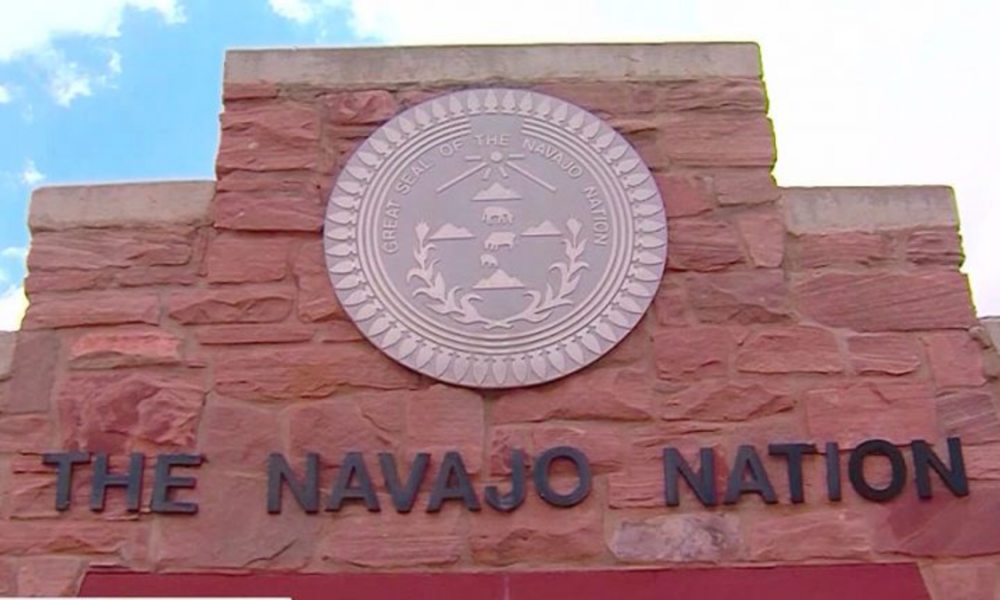During the coronavirus pandemic, the Navajo Nation’s enrollment jumped from 306,268 to 399,494.
What We Know:
- Throughout the pandemic, those who enrolled or fixed their records with the tribe would receive $1,350 from the Coronavirus Aid, Relief, and Economic Security Act (CARES) funds if accepted.
- However, Navajo Nation registration requirements are extremely strict. To join, one must provide official documentation showing they are one-quarter Diné (a term the tribe prefers to call themselves). They pay much attention to lineage because the federal government usually allocates money based on the number of citizens.
- According to the New York Times, the population growth symbolizes efforts “to strengthen self-determination among tribal nations are gaining momentum.”
“This is a really obvious way of saying, ‘Hey, we’re still here,’” said Eric Henson, a Chickasaw Nation citizen and research fellow with the Harvard Project on American Indian Economic Development.
- In addition, some experts believe official statistics undercount the Diné population because the Census has not yet released the group’s 2020 numbers. The new number of Diné citizens may affect future federal aid disbursement, as well as political representation. They may receive more money from grants like the American Rescue Plan and hold more positions and power in Congress. It may also assist in increasing voter turnout in and around Navajo Nation.
- The Navajo Nation knocked the Cherokee Nation from their number one spot. Currently, there are 392,000 registered members. Despite becoming the second-largest tribe, the Cherokee receive about 200 applications monthly, so they may easily retake the spot.
Alongside holding the highest number of members, the Navajo Nation also encompasses the largest reservation space. It spreads over about 27,000 square miles of Arizona, New Mexico, and Utah.



